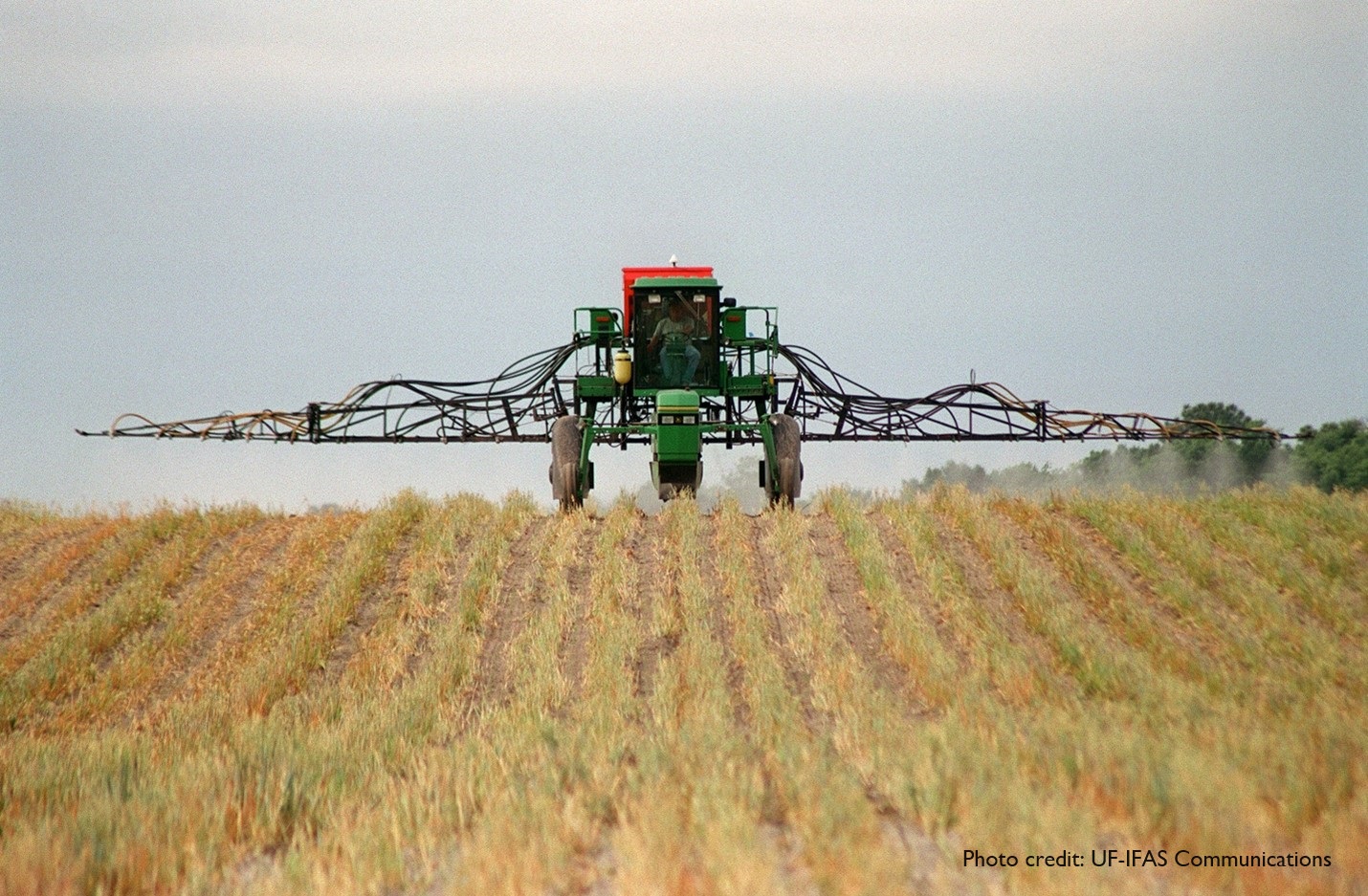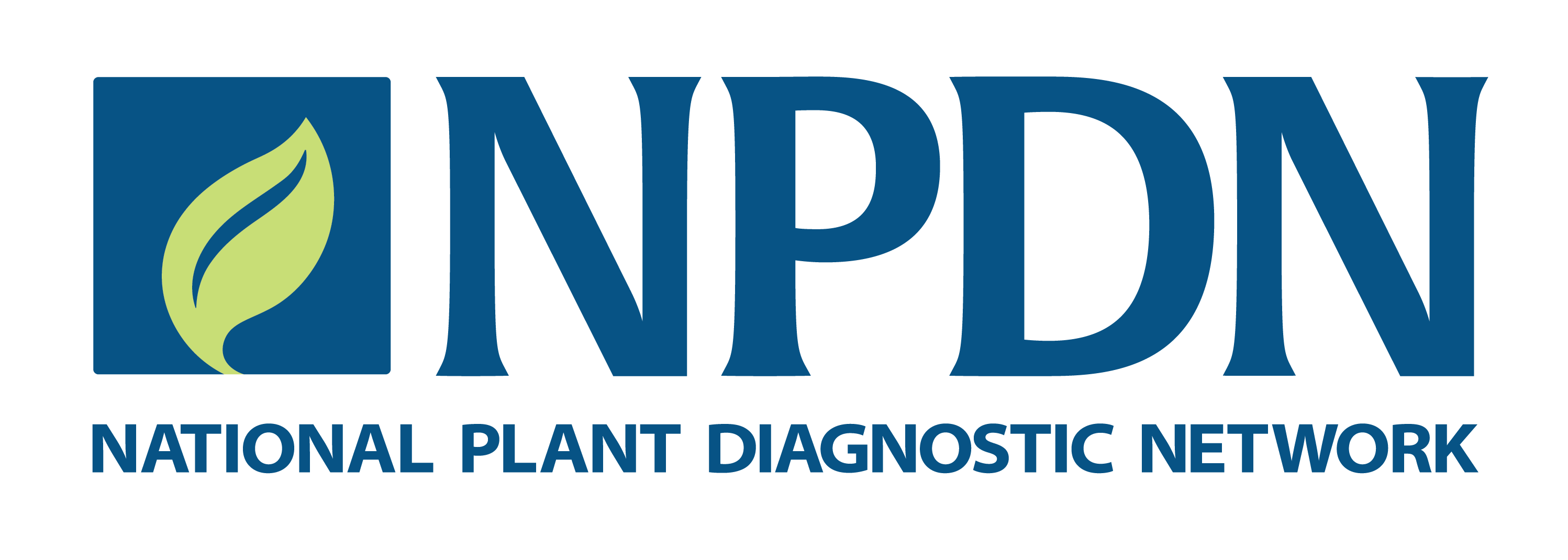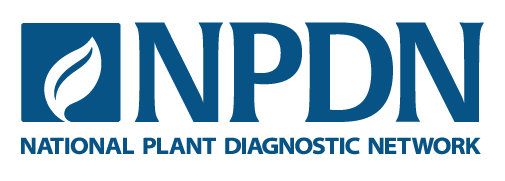Carrie Lapaire Harmon, SPDN Co-Director
The Communicator: Volume 5, Issue 5, May 2024

SPDN diagnosticians handle about 37,000 samples every year. Each sample represents a stakeholder contact and a plant health issue. Across the dozens of labs submitting data to the NPDN National Data Repository, each sample averages 1.7 diagnoses, which means we usually find more than one thing affecting the crop, i.e., an insect pest and a disease issue, or nutrient deficiency plus a disease.
One of those diagnoses can be “no pathogen found”, which means we looked for but did not find any pathogens, which can be frustrating for a diagnostician, but for the sample submitter, no pathogen means no need for fungicides or other disease management costs to incur – very good news.
SPDN states averaged 2,834 “no pathogen found” diagnoses each year over the past 4 years, or about 8% of the samples. If we extrapolate the clientele categories from the SPDN regional lab - three quarters commercial clients, and one quarter residential, and then apply a low estimate of $1,000 in spray costs for each commercial and $100 per residential, “no pathogen found” saved the region's citizens and businesses $29M since 2020, plus the benefits of reduced human and environmental exposure.
SPDN diagnosticians leverage grant and home institution funding to apply current science to each and every sample. With USDA-NIFA's NPDN investment of $2.8M for the region over the same time period, this is quite a bargain! Even more remarkable? The NPDN funds amount to about 10% or less of most state's diagnostic lab budgets. Which means that total funding for the region's labs is about $30M – more or less equal to the savings generated from just 8% of the sample diagnoses! How's that for return on investment?

